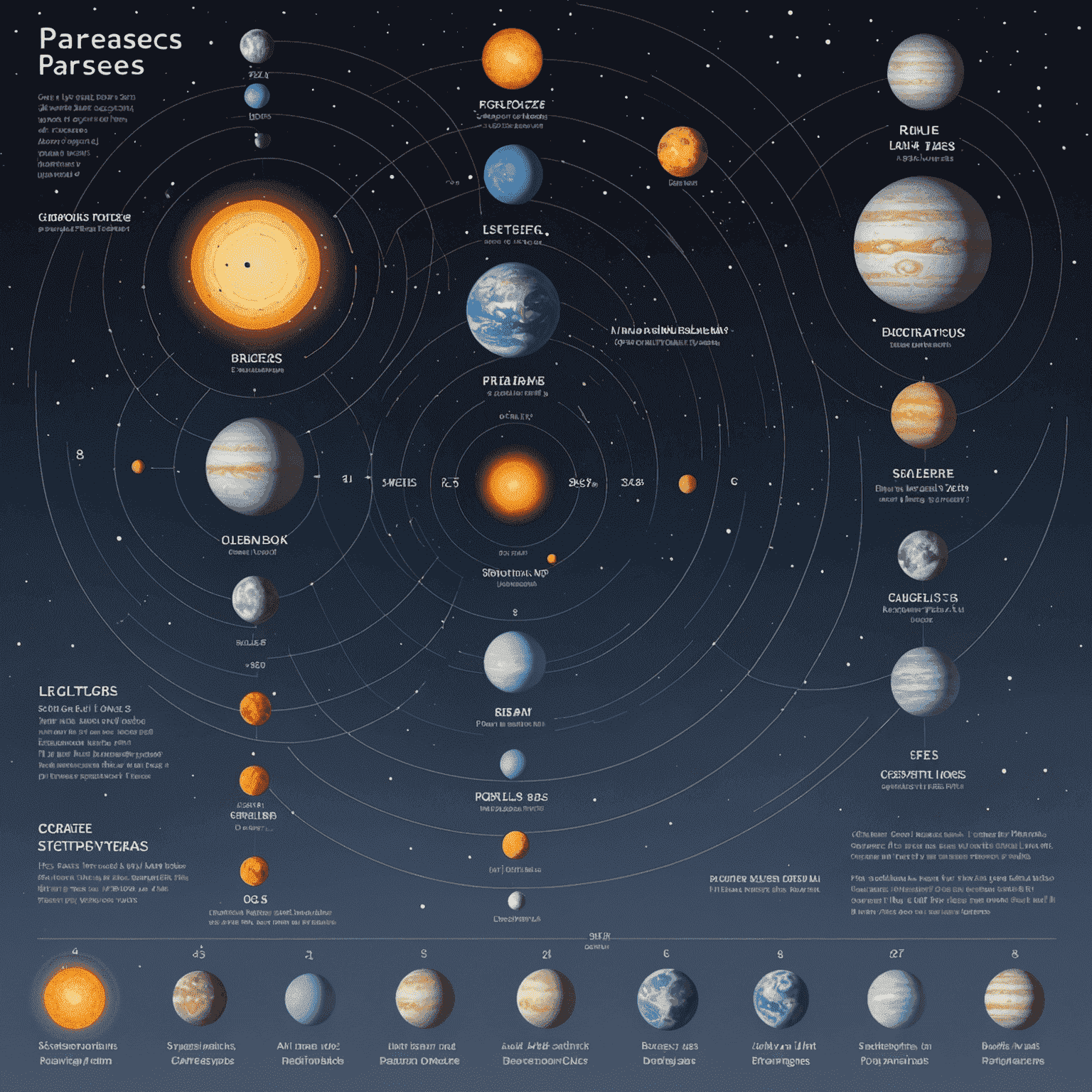Parsecs vs. Light-Years: Understanding Cosmic Distances

In the vast expanse of the cosmos, astronomers need reliable units to measure the mind-boggling distances between celestial objects. Two such units that often come up in discussions of space are parsecs and light-years. But what exactly are they, and why do astronomers sometimes prefer one over the other?
The Parsec: A Stellar Unit
The parsec, short for "parallax second," is a unit of length used to measure large distances in space. One parsec is approximately 3.26 light-years or about 31 trillion kilometers. This unit is based on the concept of stellar parallax, which is the apparent change in position of a star when viewed from different points in Earth's orbit.
Light-Year: Time Meets Distance
A light-year, on the other hand, is the distance that light travels in one Earth year. It's approximately 9.46 trillion kilometers. While it might seem more intuitive to use light-years, as it relates to a concept we're familiar with (a year), it has some limitations in professional astronomy.
Why Astronomers Prefer Parsecs
Astronomers often prefer using parsecs for several reasons:
- Direct Observational Link: Parsecs are directly related to the way astronomers measure distances using parallax.
- Simplifies Calculations: In many astronomical equations, using parsecs can simplify calculations.
- Avoids Time-Distance Confusion: Unlike light-years, parsecs don't mix the concepts of time and distance, which can be beneficial in certain contexts.
When Light-Years Shine
Despite the preference for parsecs in professional circles, light-years have their place:
- Public Communication: Light-years are often used in public outreach as they're more intuitive for non-experts.
- Visualizing Travel Time: When discussing the time it would take to travel vast distances, light-years provide a built-in time reference.
Conclusion: Two Tools for Cosmic Cartography
Both parsecs and light-years serve as invaluable tools in the astronomer's toolkit. While parsecs offer precision and simplicity in professional astronomical work, light-years provide an accessible way to convey the vastness of space to the public. Understanding both units and their applications enriches our appreciation of the cosmic distances that separate us from the stars and galaxies that populate our universe.
